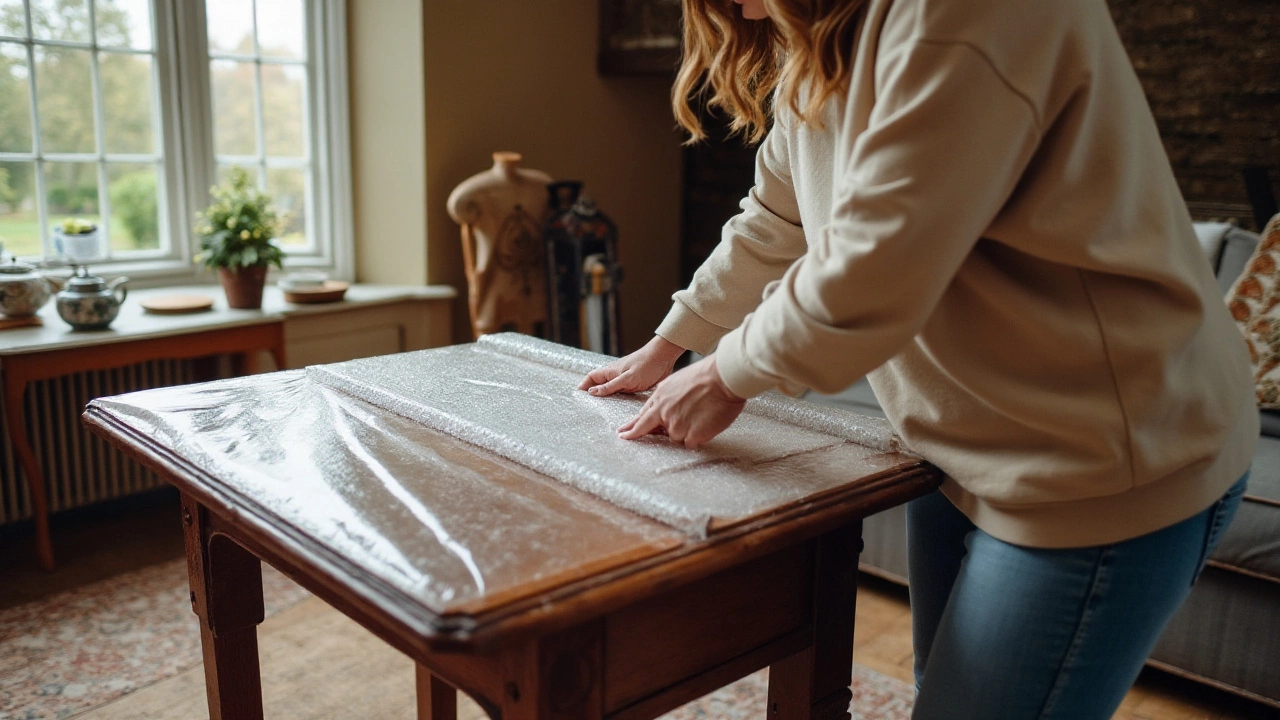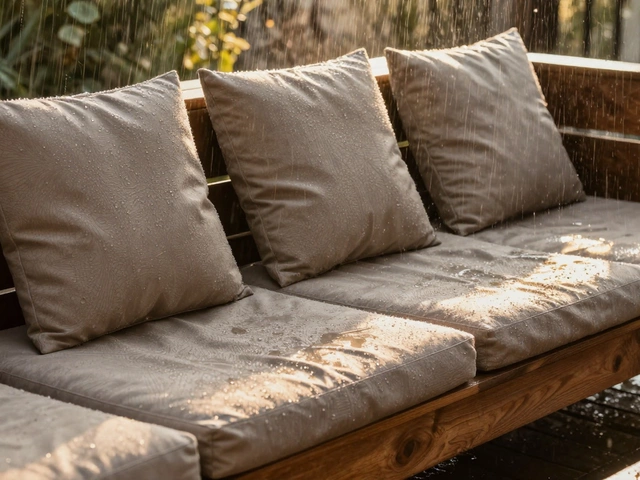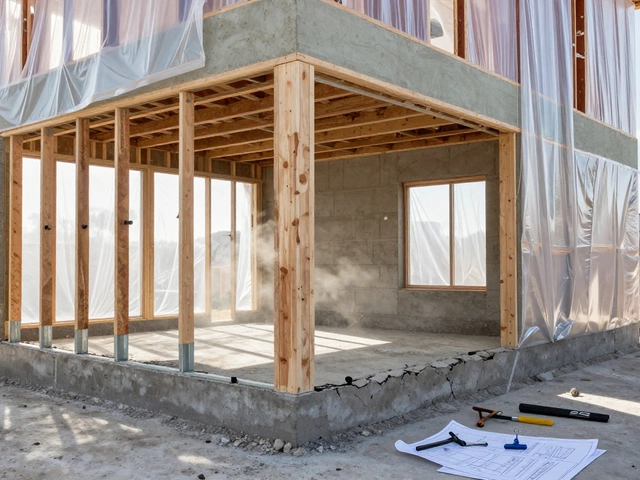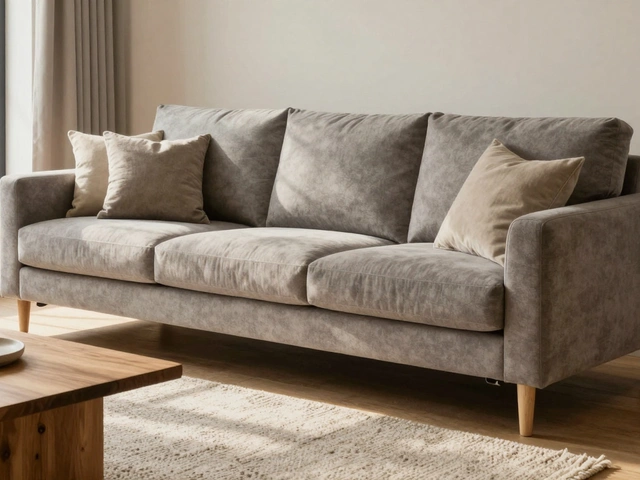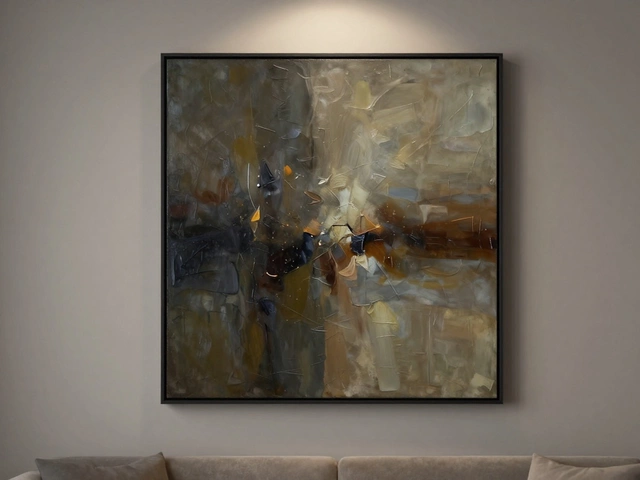Protective Materials – Essential Types and How to Use Them
When working with protective materials, products designed to shield structures, furniture and surfaces from wear, moisture, fire or pests. Also known as protective supplies, they form the first line of defense in any renovation or storage project. protective coatings, liquid layers such as paints, sealants or varnishes that create a barrier against abrasion and chemicals work hand‑in‑hand with moisture barriers, materials like waterproof membranes or foil that stop water infiltration. In high‑risk areas, fire retardants, chemicals or fabrics that slow flame spread become crucial. These entities together protective materials encompass coating technology, require proper application techniques and influence long‑term durability of any built environment.
Key Types and Their Core Attributes
The most common protective coatings, include acrylic paints, epoxy sealers and polyurethane varnishes. Their key attributes are adhesion strength, UV resistance and easy maintenance. For a kitchen countertop, a high‑gloss epoxy offers a hard, water‑tight finish that lasts years. Moisture barriers, such as bitumen sheets or polyethylene sheeting, provide a vapor‑proof layer that keeps walls dry and prevents mold growth. Values to watch are permeability rating (lower is better for waterproofing) and flexibility for movement in structural joints. Fire retardants, range from intumescent paints to treated drywall that expand under heat, creating a protective char. Important metrics include fire‑rating class (e.g., Euroclass B‑s2,d0) and the amount of spray needed per square meter. Choosing the right combo—coating for surface protection, barrier for moisture control, retardant for fire safety—creates a layered defense that meets building codes and extends asset life.
Beyond the big three, anti‑mold treatments, chemical agents or breathable fabrics that inhibit fungal growth in stored items are vital when you’re protecting furniture during a move or long‑term storage. A common approach is to apply a mold‑resistant spray on wood frames, then wrap the piece in a breathable cover that lets air circulate while keeping humidity low. Pair this with a protective film, a thin PVC or polyester layer that shields surfaces from scratches and spills for extra safety. Real‑world projects, like preserving antique tables or safeguarding a sofa in a basement, often combine all these methods: coat the wood, seal with a moisture‑blocking primer, add an anti‑mold spray, then finish with a clear protective film. The result is a piece that resists water, heat, and biological decay, ready for years of use or display.
Now that you understand the main categories—coatings, barriers, fire retardants and anti‑mold solutions—you can pick the right mix for any renovation, repair or storage job. Below you’ll find a curated list of articles that dive deeper into each topic, from DIY waterproofing tricks to choosing the best fire‑resistant paint, and tips on keeping furniture mold‑free during long‑term storage. These guides will help you put the theory into practice and protect your home’s valuable assets effectively.
Choosing the Best Material for Wrapping Your Furniture
When it comes to safeguarding your prized furniture during storage or a big move, selecting the right wrapping material is crucial. Various materials offer unique benefits, from protecting against moisture to preventing scratches. This guide explores the best options available, providing insights to help you keep your furniture in pristine condition. Learn tips for proper wrapping techniques and ensure your furniture's safety.
full article